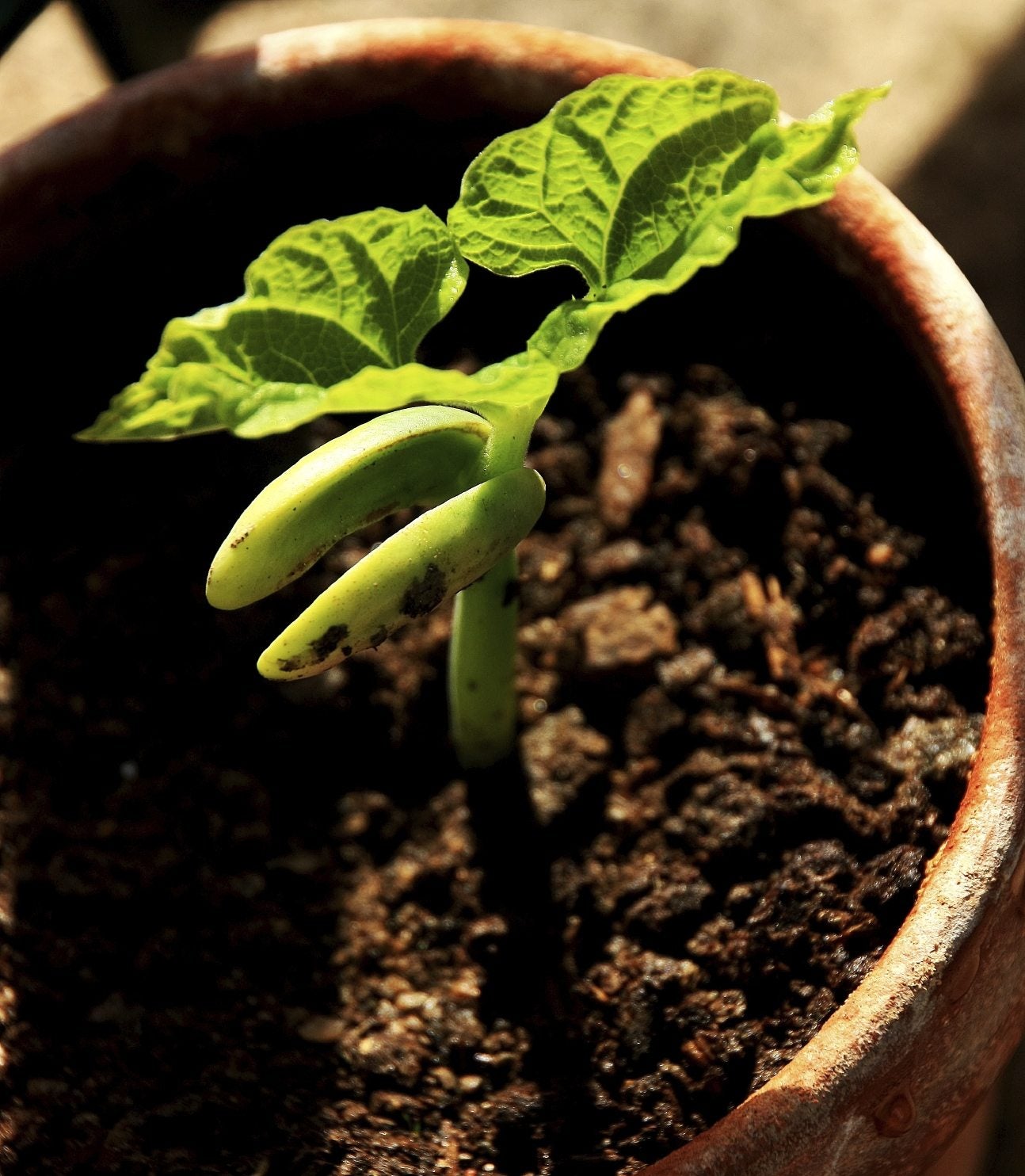What Are Adzuki Beans: Learn About Growing Adzuki Beans


There are many types of food in the world that are not common in our region. Discovering these foods makes the culinary experience exciting. Take Adzuki beans, for instance. What are adzuki beans? These are ancient Asian legumes, commonly grown as a pulse or dried bean but also sometimes used fresh. They have been cultivated for centuries in China and Japan as well as other countries in the East. Adzuki bean nutrition is off the charts with loads of fiber and vitamins. The beans are fairly easy to grow but require a long season, so start them indoors in short-season climates. Growing adzuki beans in the home landscape will help you harvest the health benefits of these small beans and add some interest to the family dinner table through their diversity.
What are Adzuki Beans?
Legumes are good for the body and good for the landscape. This is due to their nitrogen-fixing abilities which create healthy growing conditions for plants. Growing adzuki beans in your vegetable garden will harvest the soil-friendly benefits while adding something new to the family table. Adzuki beans are often served cooked with rice but may also be found in desserts due to the sweet flavor of the legumes. These versatile beans are easy to grow and well worth adding to your pantry. Adzuki beans are small, reddish-brown beans that grow inside long, green pods. Pods turn lighter and paler in hue which signals it is time to harvest the seeds inside. The seeds have a scar along the side that protrudes in a ridge. The flesh of adzuki is creamy when cooked and has a sweet, nutty flavor. The plant itself grows 1 to 2 feet (0.5 m.) in height, producing yellow flowers followed by clusters of pods. Beans may be dried or eaten fresh. Dried beans need to be soaked an hour before cooking. In Japan, the beans are cooked down into a sweet paste and used to fill dumplings, cakes, or sweet breads. They are also pureed with garlic, hot mustard, and ginger and used as a condiment.
How to Grow Adzuki Beans
Adzuki requires 120 days from sowing to harvest. In some climates, that is not possible outdoors, so it is recommended that seeds be planted inside. Adzuki beans can fix nitrogen but they require inoculation with rhizobacteria. The plants don't tolerate transplanting well, so start seed in compostable containers (such as coir or peat) that will plant directly into the ground. Plant seeds an inch (2.5 cm.) deep and 4 inches (10 cm.) apart. Thin the beans to 18 inches (45.5 cm.) apart when plants are 2 inches (5 cm.) tall. You can harvest the pods when they are green or wait until they turn tan and dry. Then hull the beans to harvest the seeds. The most important part of adzuki bean care and harvest is to provide well-drained soil. These plants need consistent moisture but cannot abide by boggy soils.
Using Adzuki Beans
Young tender pods can be picked early and used much as you would use snap peas. The most common use is to wait until seed pods are splitting and harvest the dried seeds. It has been found that adzuki bean nutrition contains 25% protein. With such a high protein level and packed with nutrients (like folates, Vitamins B and A) and minerals (iron, calcium, manganese, and magnesium), these beans are nutritional powerhouses. Another popular use of the beans is as sprouts. Use a sprouter or a strainer. Rinse the beans twice per day and place them in clean water each time. In about 24 hours, you will have fresh edible sprouts. Dried beans can be saved for up to a year. Estimate 20 to 24 plants to feed a family of 4 for a season. This may sound like a lot of plants but the seeds are easy to keep for year-round eating and the plants will enrich the soil when they are worked in at the end of the season. Adzuki can also be intercropped to save room and provide more crop diversity.
Sign up for the Gardening Know How newsletter today and receive a free copy of our e-book "How to Grow Delicious Tomatoes".

Bonnie Grant is a professional landscaper with a Certification in Urban Gardening. She has been gardening and writing for 15 years. A former professional chef, she has a passion for edible landscaping.